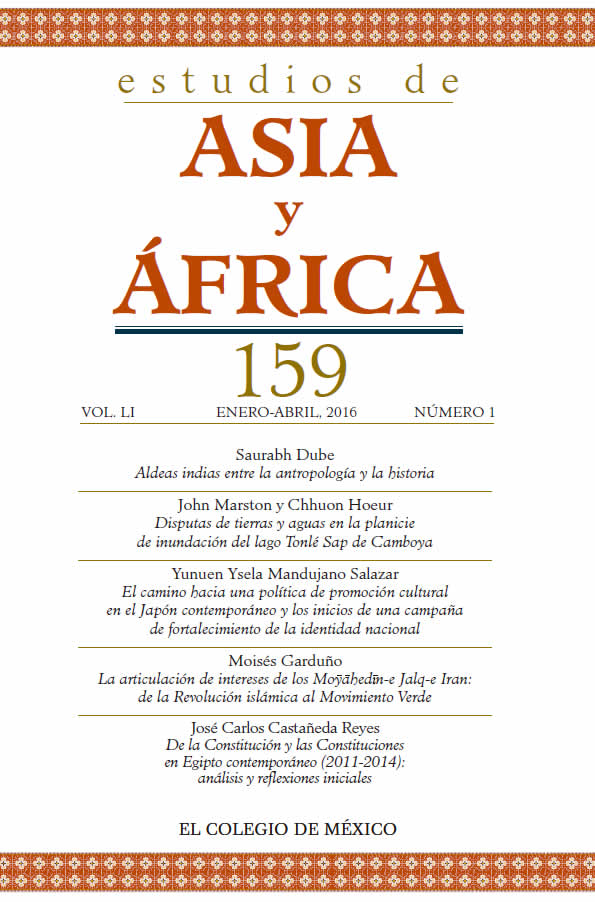Abstract
During the lengthy popular uprising which started in the Nile country in January of 2011, three constitutional texts were in force variably, the last of which was enacted in January of 2014. One of the most important results of the insurrection, this most recent Constitution reflects the ideology ofabstracts the movement at the time of its publication and the long-term goals the insurgents set out to accomplish.
As regards the 2014 Constitution, it bears emphasizing the content
of article 227, which consecrates the “cohesive” nature of the Constitution and its provisions. This article may, in turn be used as the basis to prevent abrupt amendments to the document: intended to keep its original unity and
principles through time, without consigning it to a state of paralysis. Another
article we focus upon, 226, aims to prevent any abusive amendment to the Constitution carried out to facilitate attempts to remain in power, as happened in the past.
Additionally, the grand goal of seeking social justice permeates several sections of the text. This can be observed in the 8th section, in the 17th to 21st and the 23rd (which establishes minimal gross domestic product percentages allocated to expenditure on public health: 3%, basic education: 4%, higher education: 2%, and scientific research: 1%). Such sentiments are likewise to be found in section 27, setting forth the notion that the economic system must foster social reform. Along these lines, article 38 also stands out, for it dictates progressive taxation as a means to attain said justice, which has recently been put into practice.
In addition to having a semi-parliamentary or semi-presidential political system, legislators tried to curtail the President’s power through the supervising
counterbalance of the newly created Parliament (article 102). The efficacy of this decision will have to be corroborated in everyday practice.
In contrast to these reformist and popular impulses, the Egyptian army still possesses an important political role and considerable strength, which is reflected in the text of the Constitution. That is why the army and the concessions the Constitution grants to it are deemed the “main obstacle in
transforming Egypt into a true modern democracy”. The Constitution institutionalizes the tyranny of military forces over citizens by bestowing complete autonomy upon the former to stifle any rebellion or political opposition
movement in the Nile Country.
Notwithstanding this apparent anomaly, one of the significant outcomes of the January 2011 uprising was the 2014 Constitution, which may well allow for the gradual building of a more fair, dignified society which attains a more evolved form of social justice, one of the fundamental goals of the Egyptian people’s insurrection. Every single achievement crystallized in
the constitutional text has been a consequence of the great mobilizations the
world witnessed, a testament to what massive popular participation can attain. We believe the Constitution has true potential to guide the forces of change in the country. Therefore, the struggle for “bread, freedom, social justice and human dignity” will continue and is actually continuing in the Nile country via constitutional and non-constitutional means.
This work is licensed under a Creative Commons Attribution-NonCommercial-NoDerivatives 4.0 International License
Copyright 2022 Estudios de Asia y África


